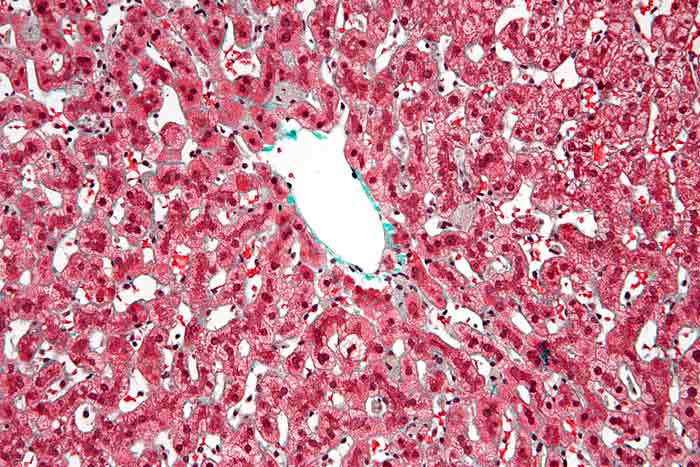Cellular Respiration In Plants Definition
Cellular Respiration In Plants Definition. They use their cellular respiration technique to survive. That conversion takes place via cellular respiration, a major biochemical pathway also found in animals and other organisms.

They use their cellular respiration technique to survive. To create atp and other forms of energy to power cellular reactions, cells require fuel and an electron acceptor which drives the chemical process of turning energy into a useable form. In horticulture cellular respiration is the conversion of nutrients into usable energy and a release of.
Respiration Uses Glucose And Oxygen To Produce Carbon Dioxide And Water And Release Energy.
Cellular respiration refers to the process which is responsible for the breakdown of food inside the cell. In this biologywise article, we will put forth a detailed explanation on how plants resort to this process. Cellular respiration is the process through which cells convert sugars into energy.
Cellular Respiration Definition For The Production Of Atp, Molecules Like Glucose Are Oxidized, This Is Called As Respiration.
As with photosynthesis, plants get oxygen from the air through the stomata. It is a type of cellular respiration that takes place in the presence of oxygen and produces energy. By the blend of water and minerals with sunlight and c[o.sub.2], green plants form link between earth and sky.
As Plants Breathe Normally At Night, It Is Not Recommended To Sit Below Plants To Avert Carbon Dioxide Reach The Air.
Plants take part in respiration all through their life as the plant cell needs the energy to survive, however, plants breathe differently, through a process known as cellular respiration. The breakdown of food leads to the production of energy. It is the process of cellular respiration that takes place in the presence of oxygen gas to produce energy from food.
In Other Words, Cellular Respiration Involves A Metabolic Process By Which Cells Reduce.
It involves the splitting of pyruvic acid (produced by glycolysis) into carbon dioxide and water, along with the production of adenosine triphosphate (atp) molecules. Plant respiration is the process in plants when sugars are metabolized (burned or turned into energy) for growth, repairs, and reproduction. In this process of cellular respiration, plants generate glucose molecules through photosynthesis by capturing energy from sunlight and converting it into glucose.
That Conversion Takes Place Via Cellular Respiration, A Major Biochemical Pathway Also Found In Animals And Other Organisms.
They create glucose by photosynthesis and use that energy during the respiration process. The process of respiration in plants involves using the sugars produced during photosynthesis plus oxygen to produce energy for plant growth. In horticulture cellular respiration is the conversion of nutrients into usable energy and a release of.
Post a Comment for "Cellular Respiration In Plants Definition"